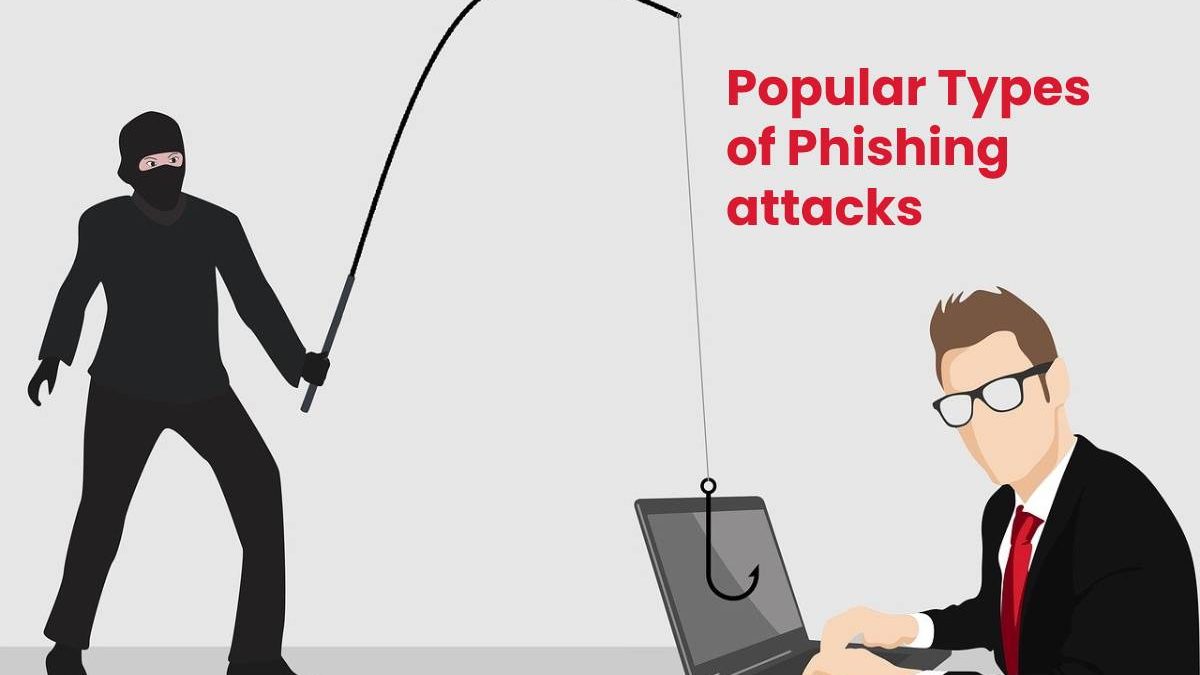Today, just having a smartphone will put you at risk of being a victim of a phishing attack. Users’ personal information is the main objective of these attacks, but what is phishing? What are the different types of phishing and how can they be prevented?.
Phishing is the process of attempting to get personal data with the aid of deceptive emails and websites.
It is of paramount importance for organizations to educate themselves about the different types of phishing, how to identify them and ways of preventing such attacks.
Table of Contents
Spear Phishing
In a spear-phishing ruse, cybercriminals design their phishing emails with the target’s personal data like full names, where they work, job title, work phone number, identification number, etc., to coax the user into believing that they know who the email is from.
Tricking the user to click a malicious link or open an email attachment is the main objective here. Once clicked, all personal data are stolen. This type of phishing is common on social media platforms.
The best ways of stopping such attacks are to stop posting sensitive data on social media and invest in a malicious link/attachment detection solution.
Whaling
Whaling is nearly identical to spear phishing, the difference is that whaling is directed towards a high ranking executive in an organization. The email sent to the target is usually a customer complaint or a court order.
The data gathered from a whaling attack can be used to commit CEO fraud. Lack of adequate security training on the part of executives is the main cause of whaling success.
It can be prevented by inserting Multi-factor authorization channels in a company’s processes.
Vishing
This form of phishing isn’t performed via email but through phone calls. Sensitive information or money is stolen when the attacker sets up a Voice Over Internet Protocol (VoIP) Server impersonating various organizations.
To avoid such an attack, users should invest in a caller ID app, stop taking unknown number calls and dissuade from giving personal data over the phone.
Smishing
Smishing, like phishing, is not committed via an email, it is committed when malicious text messages are sent to users from fraudsters. The purpose is to get people to click mischievous links or give out personal data.
A recent example was the smishing campaign telling users that they had won a car or money by fraudsters posing as Nokia. They asked people to send money for registration of their new automobile.
Be sure to do your due diligence and contact any company directly to prevent such attacks.
Deceptive Phishing
This is by a landslide the most popular method of phishing. Real companies are impersonated by cybercriminals to get people’s sensitive personal information or login data. There is usually a sense of urgency or threat accompanied with each email.
This kind of phishing can be warded off by users inspecting URLs regularly for spelling errors and also look out for grammatical errors on the website.
Phishing is a constantly evolving process, companies should always prepare themselves by learning about the latest phishing trends. Companies should always conduct security awareness programs for employees.

